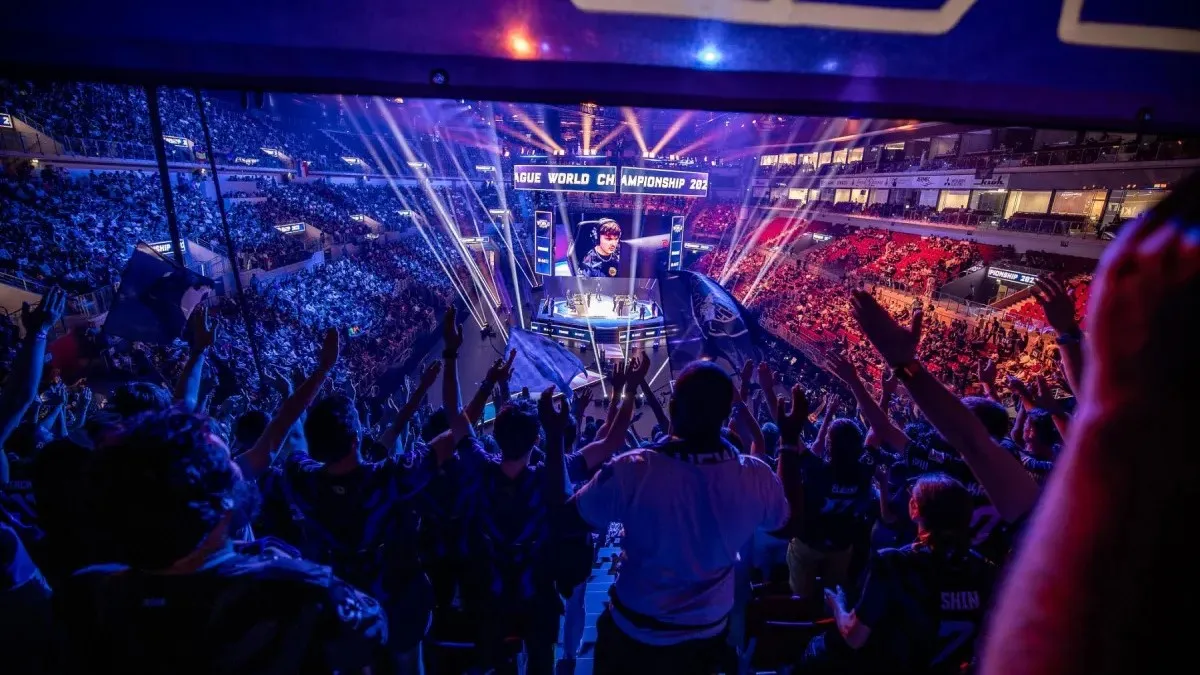Competitive Dota is in a state of clumsy adolescence. Old enough to drive itself, but not old enough to know what’s good for it, its ecosystem has too-many tournaments and too-few jobs. That’s why pundits like Vitalii “V1lat” Volochai proffer the grim prognosis that Valve’s MOBA won’t last beyond next spring.
Enter Valve’s Dota Major Championships, a series of three marquee tournaments and the International held throughout the year with a limited player trade window for participants. The new format arose from a pressing need to impress structure upon the wayward schedules of its weary but vibrant competitive scene. And while seasonal tournaments are precisely what the doctor ordered, enforcement of player trades and other over-arching competitive rules without hefty administrative commitment is sure to undo whatever confidence Valve hopes to instill.
While details of Dota‘s new competitive structure are scarce, Valve’s announcement offers a few crucial nuggets of information. Three marquee tournaments will feature throughout the year, alongside Valve’s International in the summer. With reasonable time allowed for qualifiers, some kind of group stage, and a final bracket played on location, the competitive season looks to be divided into four, three-month chunks.
Even in the absence of further details, this change is dramatic. In 2014, Dota saw 32 “premier” tournaments, awarding a total of $15.3 million in prize money. With The International comprising $10.9 million of that pool, the average Dota tournament awarded $143,000 in total prizes per tournament.
The net effect of this, of course, is the dilution of prize money for teams consistently finishing outside the podium. With an average of 65 percent of the prize pool going to first and second place finishers, second-tier teams divided $50 thousand amongst third through eighth-place finishers. With each team sporting five members, paydays were scarce–if they came at all.
To make matters worse, non-podium finishers face an even greater challenge: an absence of exposure. With LANs featuring only a handful of games in a weekend, early elimination offers little more than a handshake and 10 seconds of sponsor exposure as the dejected players exit the stage, wondering who will replace them when wheels touch down back home.
The consolidation of tournaments in Valve’s new structure means consolidation of both prize money and viewer attention. And for members of second-tier teams, this is nothing but positive. A competitive season that’s easier to understand—as opposed to a hodge-podge of dozens of disconnected tournaments—provides Dota with a package it can sell to casual spectators and esports sales teams alike. With more eyes on Dota, the ROI on sponsor investment increases, providing teams with a safer inroads to the title. And while prize money will still likely outstrip player salaries for top finishers, the importance of improving baseline pay for non-winners cannot be understated.
But if Valve expects teams to commit to its newfound structure, then teams should expect Valve to commit as well. For a game that’s seen an inordinate number of teams replaced at the last-minute due to logistical issues (communication, scheduling, visas, etc.), even preliminary discussion of measures like trade windows should have team owners asking for details.
At a minimum, Valve will need to articulate a set of clearly defined rules for player transactions covering all contingencies and penalties. What constitutes a trade? Where do stand-ins fall in the new rules? What happens if a team refuses to follow the rules? With Dota‘s currently expansive system of overlapping tournaments and loyalties, wrangling organizations into a structured system will require concrete answers and definitive leadership.
Even these extensive measures circle a much larger reality about Dota‘s new direction: if Valve wants its game to survive the cold, hard, esports winter, then the time to commit is now. Oversight of tournaments to ensure a level of quality commensurate with the International will necessitate an investment of time and resources. Oversight and enforcement of team transactions will warrant the same.
In an absence of leadership, Dota found a way to confuse spectators, frustrate players, and worry pundits. If the developer expects anything less with larger, more centrally focused tournaments and a new set of rules to enforce, it has another thing coming. The net effect of the Dota major championships could be profound—if Valve is willing to take the plunge. If not, then expect more esports obituaries in the near future.





